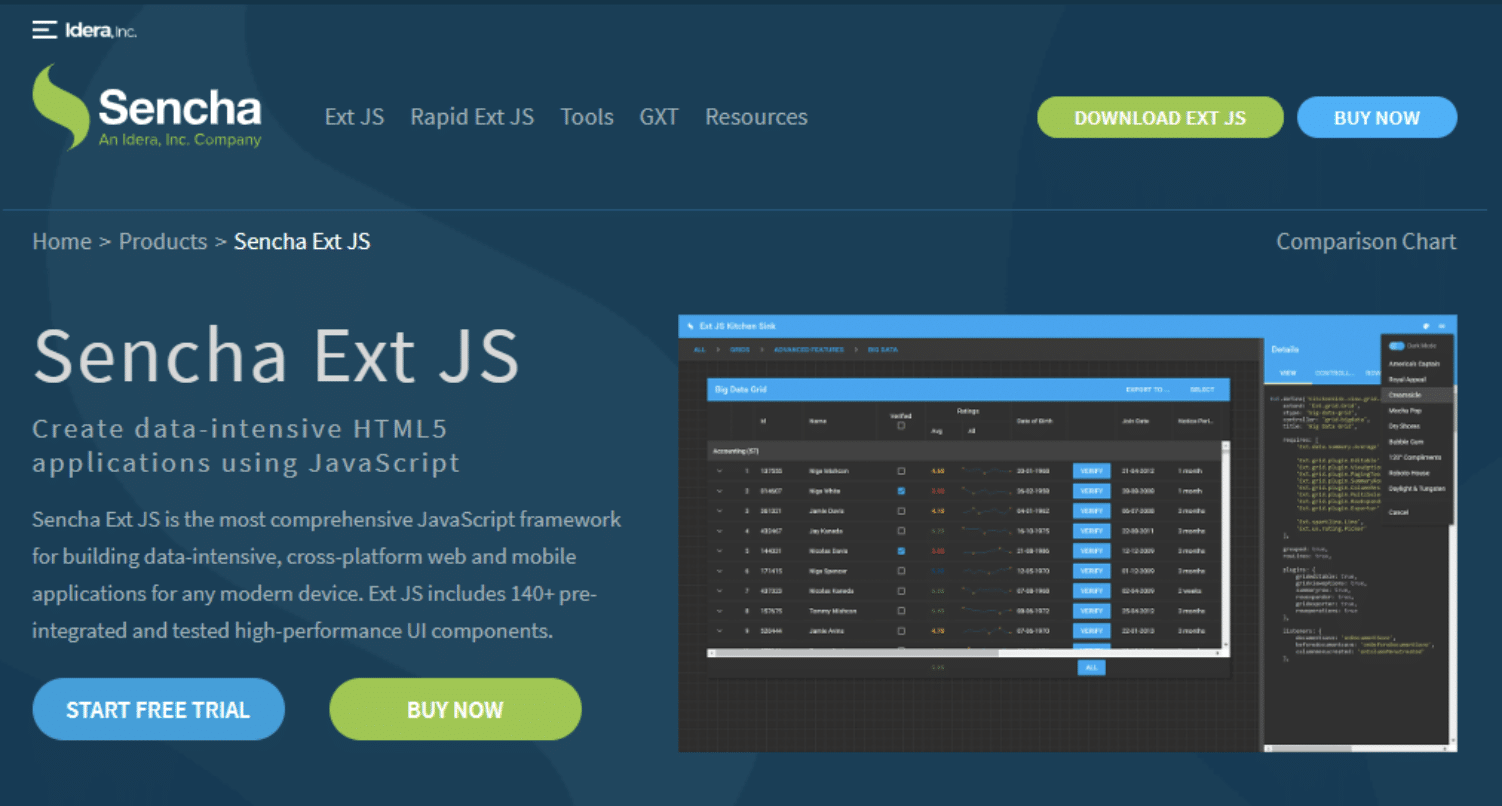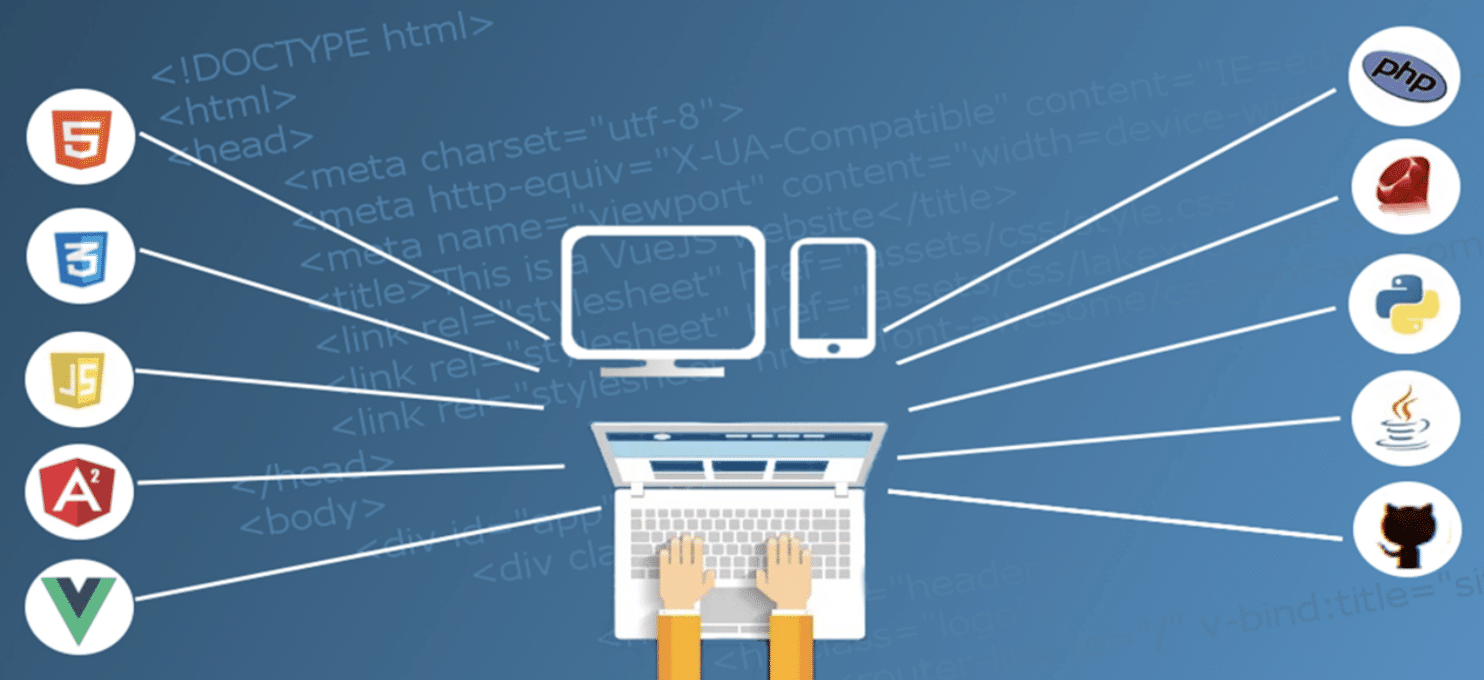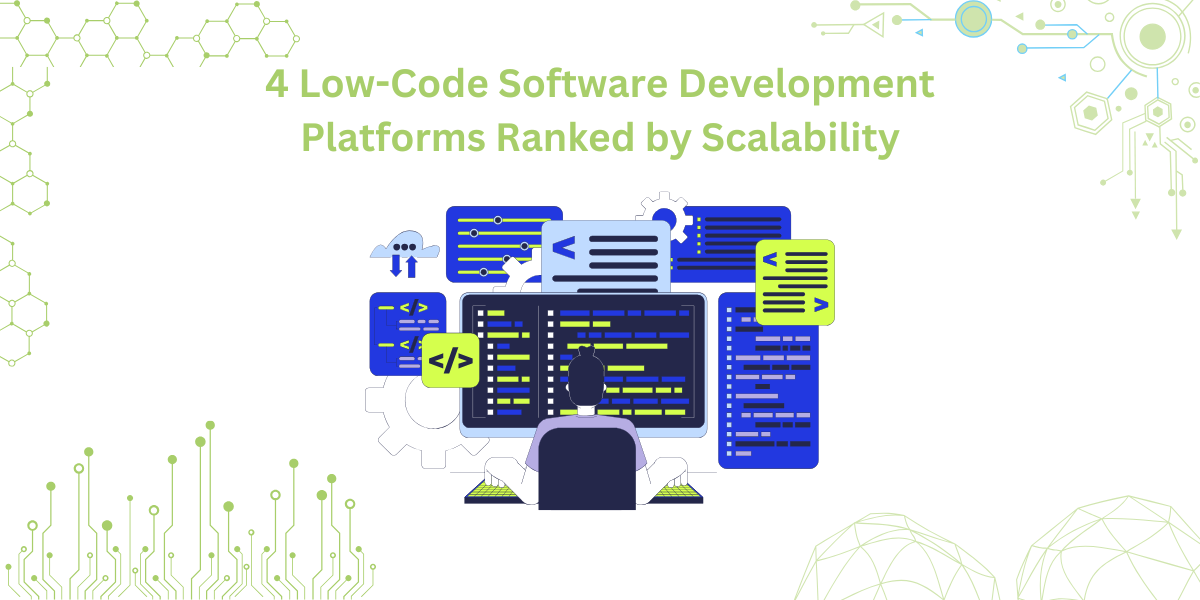How to Build a Modern SaaS Application with Front End Framework
SaaS applications are becoming more popular in the past few years. These cloud-based solutions provide access to users from anywhere in the world. Therefore, the application developers need to create them efficiently. By focusing on frontend development, this article will discuss the areas of selecting Ext JS as a frontend framework, designing user interfaces, and improving the performance of your application. Ext JS is a very comprehensive, simple, and straightforward frontend framework that can be used to create feature-rich applications.
What is a SaaS Application?
A SaaS application is defined as a cloud-based software solution that allows users to access and use applications over the internet. These can be APIs, web applications, mobile apps, and more. Furthermore, these applications are typically hosted and maintained by third-party providers. While traditional software solutions need to be installed and configured locally, SaaS applications do not require that.
How to Build a SaaS Application with Ext JS?
Building a SaaS application involves various steps, and when using Ext JS, one of the most notable frontend frameworks, the process is streamlined. Ext JS is preferred by many web developers because of its powerful tools and features, ensuring a robust user interface.
Start by planning the features and overall structure of your application. This will dictate the user interfaces needed and give direction to your development process. Since a SaaS application is a complete dynamic solution, make sure you map out every interactive element for the best user experience.
Next, familiarize yourself with Ext JS documentation and resources. As with any front-end framework, understanding the core concepts will save time and effort during the actual coding phase. Ensure you leverage the built-in components of Ext JS, which can greatly simplify the creation of sophisticated user interfaces.
Throughout the development process, ensure you test each component for responsiveness and functionality. Web developers often collaborate with designers to ensure that the user interface is both functional and aesthetically pleasing.
3 Steps to Build SaaS Application with Frontend Development
- Use Pre-Built Components: Adopt pre-built components and templates, including grids, trees, forms, etc., to accelerate the development process. This not only reduces the time it takes to get a prototype up and running but also ensures consistency in your user interfaces.
- Optimize Code with Framework Features: Exploit the built-in features of the framework, such as theming and template-based development, to streamline code writing. This reduces redundancy, ensures code maintainability, and fosters a more efficient development environment.
- Create Reusable UI Components: Shorten the overall development lifecycle by designing reusable UI components. Such an approach minimizes the amount of code written and encourages a modular development style, leading to faster iterations and scalable applications.

How to Select the Best Front-End Framework?
There are many mobile and web development frameworks for front-end development. Out of many frameworks for web development, selecting the right front-end framework is important for the success of your SaaS application. This is because it will simplify and speed up the development process and help you create interactive user interfaces that can greatly enhance user experience. The right interactive user interfaces can make your application more engaging and user-friendly.

Understand the Requirements of the Project
To begin with, it’s essential to define the scope of your web application. Projects can vary greatly; while some might have a straightforward and narrow scope, others can be very complex. Once you’ve outlined the scope, itemize the features your application will require. This should encompass aspects such as user authentication, data visualization, and real-time updates. Additionally, it’s vital to assess the ease of maintenance and updates for the long-term success of your project.
Research the Best Available Options
Let’s explore some popular front-end frameworks, such as React, Angular, and Vue.js, among others. After exploring, you can compare these frameworks. Each possesses its own strengths and weaknesses, so it’s essential to choose the one that best aligns with your requirements.
Check for Flexibility and Customizability
You have to determine how easily the selected framework can be customized to meet your project’s unique needs because you may need to change and update the framework code to achieve a better user experience.
Also Read: A Comprehensive Guide To Best Front-End Framework
Best Front-End Frameworks to Choose for SaaS Applications
Now that you have an understanding of how to select a front-end framework let’s explore some of the most popular front-end frameworks for building a SaaS application.
Sencha Ext JS
Sencha Ext JS is rapidly gaining traction as a go-to front-end framework. As mentioned earlier, it’s an excellent choice for building data-intensive SaaS applications. Its extensive library of components and robust data package set it apart, making it a top contender for projects that demand a rich user interface and sophisticated data handling. Moreover, its active community provides valuable support for troubleshooting issues you may face.
Angular JS
Angular is a widely adopted front-end framework known for its strong support for building dynamic applications and its effective handling of the document object model (DOM). Moreover, it offers a structured approach to development, making it especially suitable for large-scale SaaS projects.
Vue.js
Vue.js is a progressive framework that is easy to integrate into existing projects. It’s known for its simplicity and flexibility, making it a solid choice for startups and smaller SaaS applications. Additionally, Vue.js’s efficient implementation of the virtual document object model helps fast rendering and enhanced performance in dynamic web applications.
Design the User Interface (UI)
Once you’ve selected one of the top front-end frameworks, the next step is to design the user interfaces of your SaaS application. This involves translating wireframes or mockups into a cohesive and visually appealing design. Also, you should implement responsive design principles to ensure that your application looks and functions well on various devices.

Implement User Authentication and Authorization
Security is vital to creating sustainable web applications. Implement robust user authentication and authorization mechanisms to protect user data and ensure that only authorized users can access specific features and functionalities.
Also, Read How to Choose the Best Front-End Framework for Development
Implement State Management
Effective state management is essential for maintaining a seamless user experience in all kinds of mobile and web applications. Your chosen front-end framework should offer tools or libraries for managing the application state, ensuring that data remains consistent and synchronized across different components.
Optimizing Frontend Performance
You need to have consistent and robust performance to provide a flawless responsive experience to the users. Consider the following strategies to optimize your SaaS application’s frontend performance:
- Asset Bundling and Minification: Minimize the number of network requests by combining and compressing assets. By bundling and minifying JavaScript and CSS files, you can significantly reduce loading times.
- Lazy Loading: Implement lazy loading techniques, which allow components to load on demand. This can greatly improve the initial page load speed, ensuring users can access your application’s content more swiftly.
Implement User Feedback and Interaction
Security is vital to creating sustainable web applications. Implement secure user authentication and authorization mechanisms to protect user data and ensure that only authorized users can access specific features and functionalities.
Consider Future Trends
To ensure the long-term success of your SaaS application, it’s essential to keep an eye on emerging trends and technologies in front-end development. Furthermore, choose a front-end framework that aligns with the direction you envision for your project’s growth. Lastly, staying up-to-date with industry trends will help your application remain competitive and relevant.
Test Thoroughly
Before launching your SaaS application, thorough testing is essential. Next, perform unit testing and integration testing for front-end components to identify and fix any bugs or issues. Furthermore, consider implementing automated testing using testing frameworks and tools. This approach can streamline the testing process and ensure ongoing quality assurance.
Conclusion
You can create a user-friendly, high-performing SaaS application that meets the needs of your target audience by following the details described in the article. To do this, you need to select the proper tech stack to create your application. Ext JS is one of the best front-end frameworks that allows you to write extensive JavaScript codes. Remember to stay updated with the latest SaaS and front-end development trends to keep your application competitive in the ever-evolving digital landscape.
Are you interested in trying out Ext JS? Make use of the Ext JS free trial.
FAQ
1. How to build SaaS apps?
Building SaaS applications involves a few steps, including defining your project’s scope, selecting a suitable front-end framework, designing the user interface, implementing features like authentication, optimizing performance, and testing thoroughly. This comprehensive web app development process ensures your SaaS app’s successful development.
2. What is the best front-end framework to build SaaS applications?
The choice of the best front-end framework for building SaaS applications depends on your project’s specific requirements. Make sure the selected framework has proper documentation, and they publish frequent updates. Also, it should provide the tools, components, and scalability needed for modern SaaS development.
3. Which framework is commonly used to build a SaaS application?
Various front-end frameworks are commonly used to build SaaS applications, but some of the most popular choices include React, Angular, and Vue.js. These frameworks offer extensive features, pre-built components, and a robust ecosystem, making them ideal for creating dynamic and responsive SaaS interfaces.

By 2026, Gartner says 80% of apps will be built using low code tools. That’s…

Did you know that nearly 90% of startups fail? And one of the biggest reasons…

The Sencha team is excited to announce the latest Sencha Rapid Ext JS 1.1.1 release…










